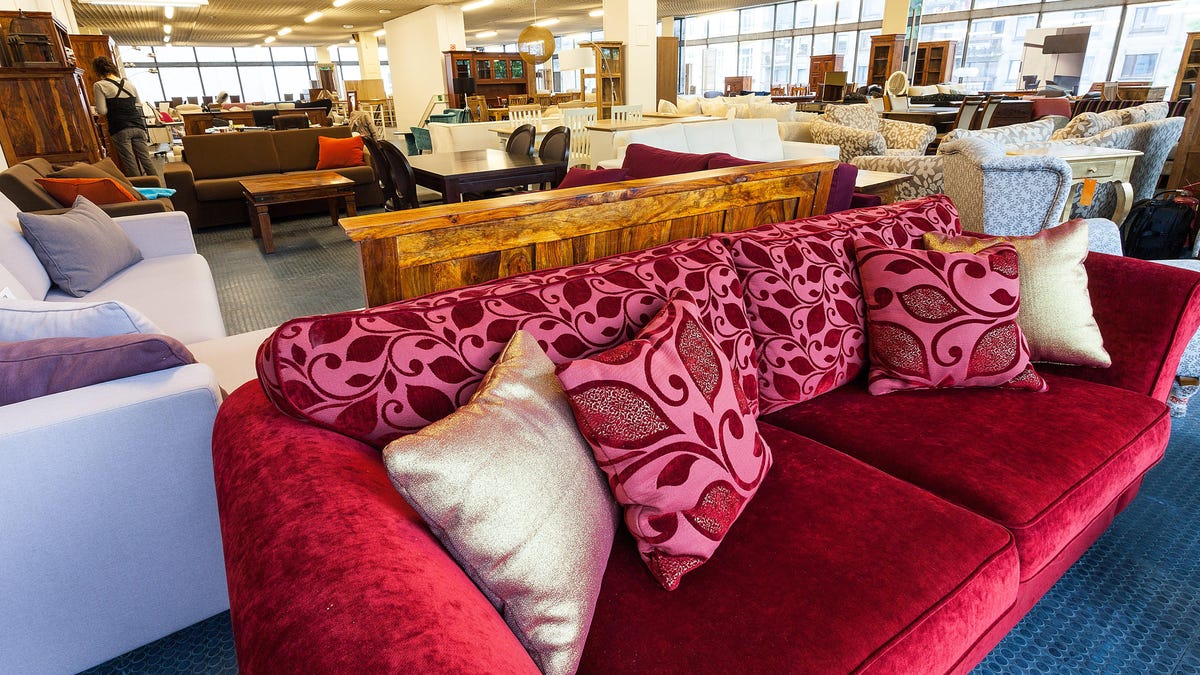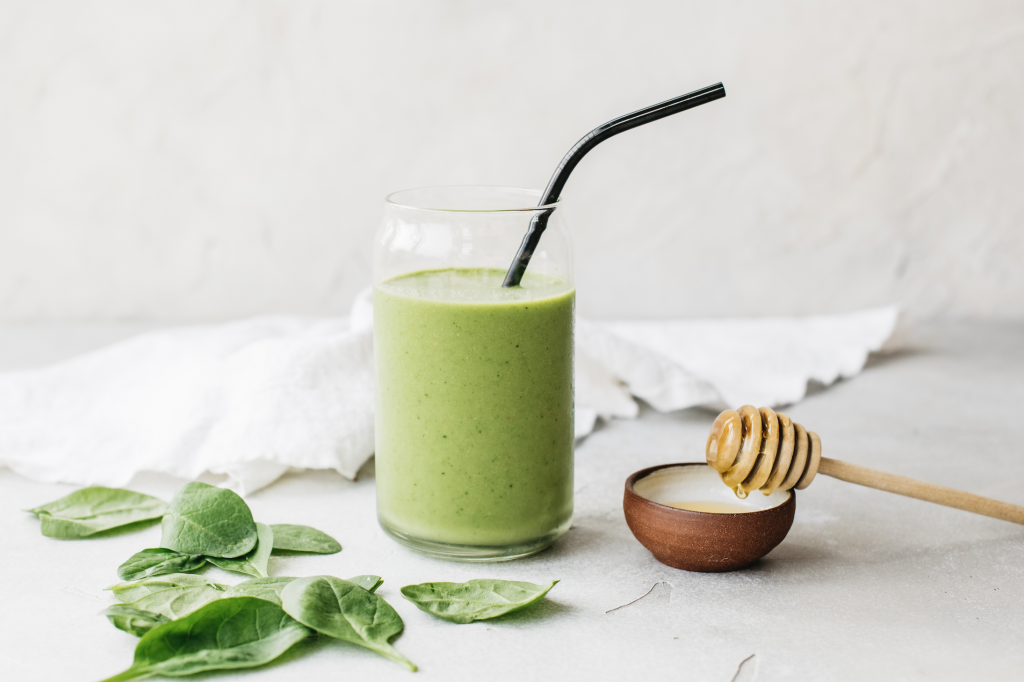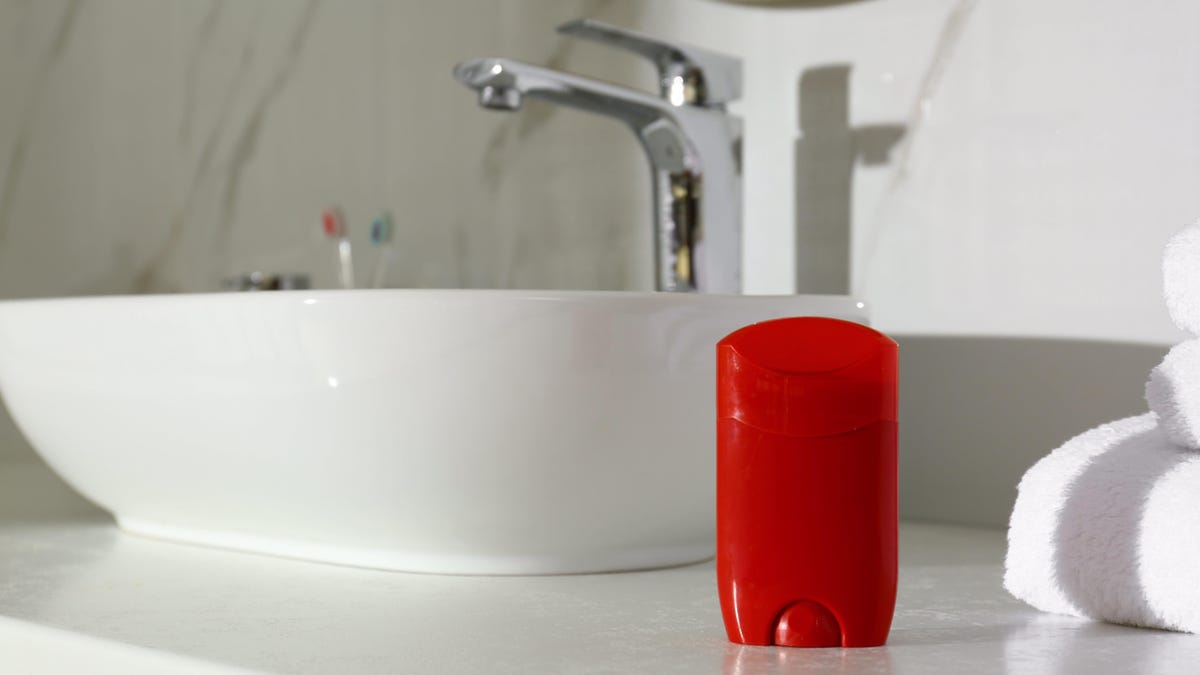The Best Ways to Get Smells Out of Thrifted Furniture
Scoring a great piece of furniture at a thrift store or a yard sale is a satisfying accomplishment for anyone interested in DIY, upcycling, or just saving money. But when you’re still excited about your new find, you might...

Scoring a great piece of furniture at a thrift store or a yard sale is a satisfying accomplishment for anyone interested in DIY, upcycling, or just saving money. But when you’re still excited about your new find, you might not notice that your new chair smells like an ashtray or that your new favorite chaise lounge smells like sweat. Now what? The deal was too good to pass up, but you don’t want to bring the thrift-store odor into your home. Fortunately, there are some things to do to get rid of the bad smells and kill the bacteria that might have hitched a ride on your new treasure.
Get rid of cigarette smell
To get rid of the smell of cigarette smoke, you can use baking soda on your furniture. This will also help with some other organic odors as well, so it’s a good practice in general when bringing any used pieces into your collection. To use baking soda as an odor absorbent, sprinkle it onto the upholstery, making sure to get it in between the cushions and all the cracks and crevices and let it sit for a half hour to an hour. Since tobacco smoke leaves an oily tar residue on surfaces, the baking soda can help soak it up and remove some of the buildup that’s causing the smell.
Use a liquid upholstery detergent
If you have more stubborn smells, or you need to kill germs as well as get rid of odors, you should use a liquid upholstery detergent. You can apply the detergent with a brush, although some types of detergent come with their own brush attached. Once it’s applied, leave it on for about an hour and then vacuum it up. This will allow the detergent to have time to work its way into the material.
Wash as much as you can in the washing machine
If the cushion covers on your furniture are removable, you should put them through the washing machine if you can. Mostly, it’s a good idea to line dry cushion covers, but if you’re worried about germs, the heat of the dryer can also kill some types of bacteria and viruses. Just be sure to check your cushion covers regularly so that they don’t shrink or lose their shape in the dryer.
Use vinegar
For some odors, using vinegar is a good option. Because bacteria can often cause odors, even after it’s dead, using an acid that won’t damage the fabric like vinegar is a good option. Put some vinegar in a spray bottle and spritz the upholstery until it’s damp, then allow it to dry. The vinegar will neutralize the odor and you can then vacuum the surface of your furniture once it’s dry. While some people don’t like the smell of vinegar and point out that it can linger after you’re done cleaning, it does do a good job of taking care of many odors.
Use vodka
If vinegar isn’t for you, the secret weapon of many thrift experts is vodka. Similarly to vinegar, vodka is acidic, and can kill some common fabric-dwelling bacteria. Put it in a spray bottle and spritz your upholstery. Once it’s dry, the alcohol from the vodka will evaporate, leaving no odor behind. Vodka can also kill mildew if that’s an issue for your furniture.
Use sunlight
If you have the opportunity of a sunny day, pulling a thrifted furniture piece out into the sunlight can help get rid of some odors. UV light kills some types of germs, so make sure to pull cushions off, take the covers off if you can, and disassemble the pieces as much as you can. This will allow the light to get into cracks and crevices that might not ordinarily see daylight. Allow the furniture to sunbathe like this for a few hours before taking it inside. Just make sure you have a handle on the weather report.
Use hydrogen peroxide
To get serious about killing germs, you can use a hydrogen peroxide spray. This will kill lots of germs and, like non-chlorine bleach in the washing machine, it won’t bleach the material. Spray the upholstery with the hydrogen peroxide, allow it to dry and then vacuum the fabric. If you have any particularly dirty spots, rubbing the hydrogen peroxide in with a brush will help work it into the material.

 AbJimroe
AbJimroe 































